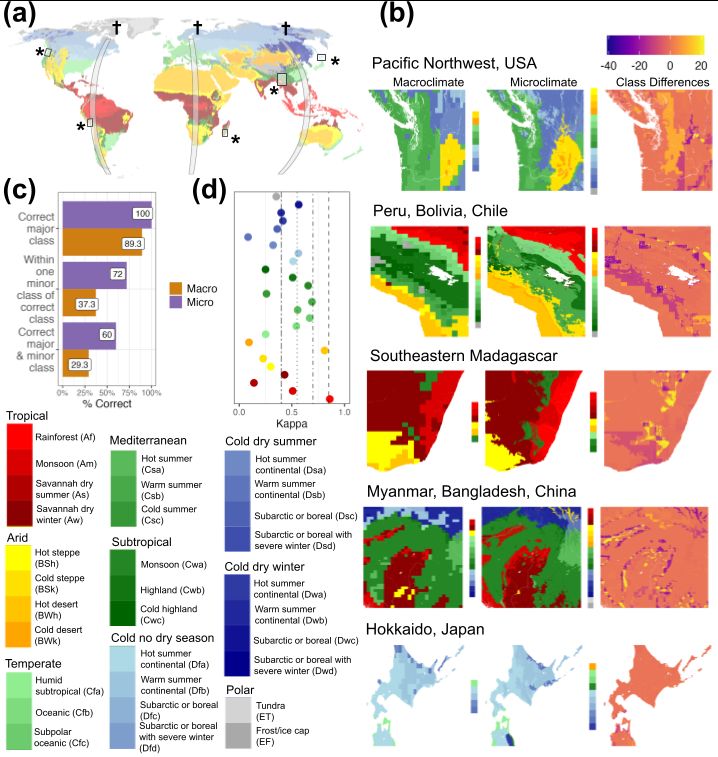
https://ecoclimateglobal.org/

tinyurl.com/53h6vx84

tinyurl.com/53h6vx84



BioCon paper: tinyurl.com/53h6vx84 (1/4)

BioCon paper: tinyurl.com/53h6vx84 (1/4)




lumcon.edu

lumcon.edu




peerj.com/articles/190...
peerj.com/articles/190...

Great work w/ @ilyamaclean.bsky.social & Brett Scheffers!

Great work w/ @ilyamaclean.bsky.social & Brett Scheffers!


onlinelibrary.wiley.com/doi/abs/10.1...

onlinelibrary.wiley.com/doi/abs/10.1...


tinyurl.com/yecb55tt
tinyurl.com/527pfkre
tinyurl.com/3jpjp6bs
Perhaps microgeography is reflecting macrogeography here....? Take a look at our paper and see!

tinyurl.com/yecb55tt
tinyurl.com/527pfkre
tinyurl.com/3jpjp6bs
Perhaps microgeography is reflecting macrogeography here....? Take a look at our paper and see!


